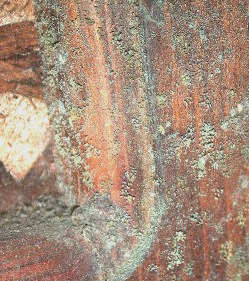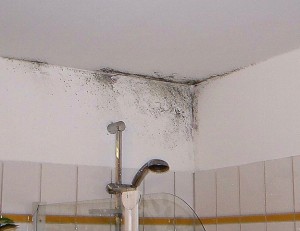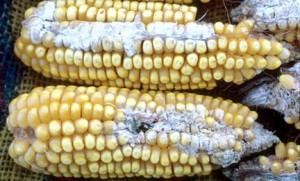Stachybotrys
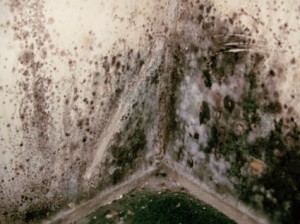

These stachybotrys molds grow on high cellulose material such as wood, wicker, hay, paper and cardboard. They are also commonly called ‘black mold’ and sometimes ‘toxic black mold’. This mould requires very wet or high humid conditions for days or weeks in order to grow. Common symptoms in humans are dermatitis, pain and inflammation of the mucous membranes, burning sensation in nasal passages, tightness of the chest, cough, nose bleeds, fever, headache and fatigue.
These aspergillus molds can lead to aspergillus sinusitis. Aspergillus is the most common household mold. There are over 185 species of Aspergillus and 22 species are known to cause human illness. Aspergillus fumigatus is the most isolated species followed by Aspergillus flavus. They can be found in almost any home or office. Most are allergens or toxic. Aspergillus are associated with numerous respiratory disorders as well as infections of the ear and eye. Four known aspergillus mold varieties are aflatoxins, and one of the most carcinogenic substances yet discovered, more toxic than many known industrial carcinogens. They are also the most studied molds in medical research.
Over 30 species of Cladosporium including the most common: C. elatum, C. herbarum, C. sphaerospermum, and C. cladosporioides. These fungi are known to cause skin lesions, keratitis, nail fungus, sinusitis, asthma, and pulmonary infections.
Mucor


Common in soils these mucor molds are also often found along air conditioning systems and ducting. They are fast-growing, whitish to greyish, with usually thick growth. It is also one of the molds that causes the disease zygomycosis.
Penicillin
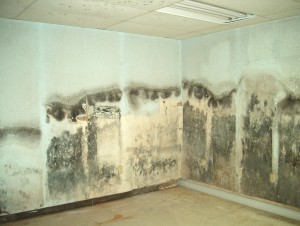

Above is penicillin mold both on walls and on a forgotten sandwich. Commonly found in soil, food, grains, paint, carpet, wallpaper, interior fiberglass duct insulation, and rotting vegetation. Penicillin can cause hypersensitive pneumonitis, allergic alveolitis, and asthma in certain individuals. Common species include P. chrysogenum, P. citrinum, P. janthinellum, P. marneffei, and P. purpurogenum. Penicillium infections are common among individuals with immunosuppressed disorders. Penicillin is used extensively in food processing. It is used in the creation of Camembert, Roquefort, Brie cheeses; to improve the flavor of sausages and other meats and to control the growth of other molds in the food making process. It is also widely used medically as an antibiotic in treatment of various infections.
Acremonium
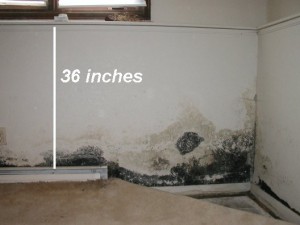

Acremonium produces very potent mycotoxins (toxins produced by fungi). They have the ability to damage the immune system, organs, bone marrow, and affect mental abilities. They are a known carcinogen. Nearly all varieties release a horrible smell. Acremonium was the primary fungus in numerous homes where the occupants experienced nausea, vomiting and diarrhea.
Fusarium is a common soil fungus. It is found on a variety of plants as well as humidifiers. Can produce trichothecene toxins which is known to affect the circulatory and nervous system. Symptoms occur by ingestion of contaminated grain or by inhalation of spores. Can produce hemorrhages known as (alimentary toxic aleukia). Known to cause nausea, vomiting, diarrhea, dermatitis, and even internal bleeding as well as eye, skin and nail infections. It is also a well documented allergen.
